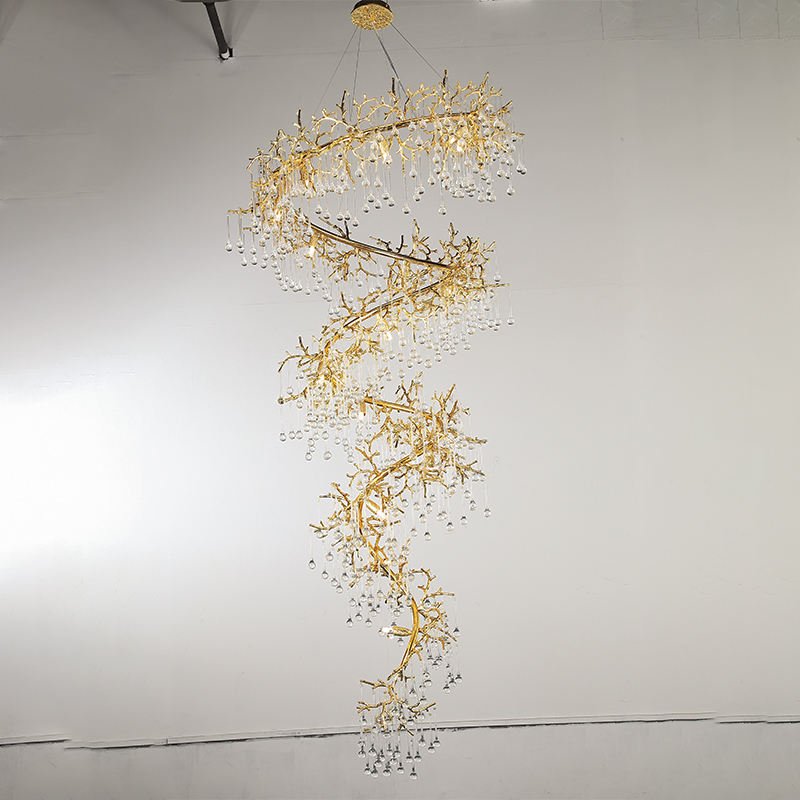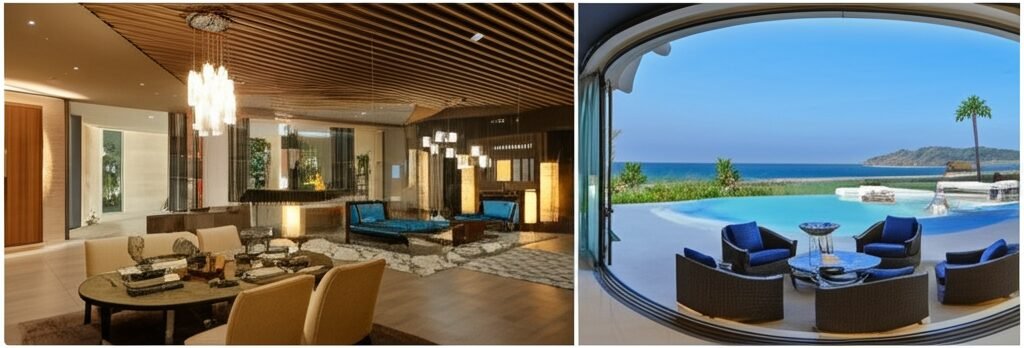Stylish Custom Tail Lights for Cars – Enhance Your Ride
Key Takeaways
| Feature | Benefit | Cost Range |
|---|---|---|
| LED Technology | 50% brighter than stock lights | $150-$800 |
| Sequential Turn Signals | Improved visibility and modern look | $200-$600 |
| Smoked Lenses | Sleek appearance with maintained functionality | $100-$400 |
| Custom Colors | Personalized vehicle identity | $180-$500 |
| Plug-and-play Installation | No wiring modifications needed | Varies by model |
- Safety First: Custom tail lights must meet DOT regulations for road legality
- Installation: Most modern custom lights offer direct replacement without cutting wires
- Warranty: Quality manufacturers provide 2-5 year warranties on their products
- Compatibility: Vehicle-specific designs ensure proper fitment and function
Understanding Custom Tail Light Technology

Modern custom tail lights use advanced LED technology that transforms your car’s rear appearance. These aren’t your grandfather’s basic red bulbs anymore. LED arrays produce crisp, bright light that catches attention from much further distances than standard incandescent bulbs. The technology allows designers to create intricate patterns and sequences that were impossible with older lighting systems.
Most custom tail lights now feature multi-layer designs. The outer lens might be smoked or tinted, while internal reflectors and LED arrays create depth and dimension. This layered approach gives your vehicle a premium appearance that rivals luxury cars costing twice as much. Professional installers report that LED custom lights typically last 25,000 hours compared to 1,000 hours for standard bulbs.
Sequential turn signals have become particularly popular among car enthusiasts. These lights sweep from inside to outside, creating a flowing motion that’s both functional and eye-catching. European luxury brands introduced this feature, but now aftermarket companies make it available for most vehicle models at reasonable prices.
Safety Benefits of Upgraded Tail Lights

Visibility improvements with custom tail lights can prevent rear-end collisions. Insurance companies recognize this benefit – some offer small discounts for vehicles with upgraded LED lighting systems. The brighter output and faster illumination response time give following drivers extra milliseconds to react during emergency braking situations.
Custom tail lights often incorporate additional safety features like integrated reverse lights or side marker illumination. These extra light sources help other drivers judge your vehicle’s position and movements more accurately. Professional racing applications have used similar technology for years, proving its effectiveness in high-stress driving conditions.
DOT compliance remains crucial for any custom lighting modification. Reputable manufacturers test their products extensively to ensure they meet federal safety standards. You’ll want to verify that any custom lights you consider carry the proper DOT approval markings before installation.
The improved light distribution patterns of quality custom tail lights eliminate dark spots that exist with many factory lighting systems. This even illumination helps drivers behind you better judge distances and your vehicle’s actual size, particularly important for larger trucks and SUVs.
Popular Custom Tail Light Styles

Smoked tail lights remain the most requested style among car enthusiasts. The darkened lens provides a sleek, aggressive appearance while maintaining full functionality when illuminated. Quality smoked lenses use specialized tinting that doesn’t significantly reduce light output – cheap versions can create safety hazards by blocking too much light.
Clear lens designs offer a completely different aesthetic. These lights feature transparent or lightly tinted outer lenses with colored LED arrays inside. When not illuminated, they appear almost invisible, but produce bright, clean light output when activated. This minimalist approach appeals to drivers who prefer subtle modifications.
Euro-style tail lights incorporate design elements from European luxury vehicles. These often feature distinctive light signatures, such as the horizontal light bars seen on high-end German cars. Many American and Japanese vehicle owners choose Euro-style lights to give their cars a more premium appearance.
Blackout or “murder-out” styles use extremely dark lenses with bright LED arrays inside. These create dramatic contrast when illuminated and complement vehicles with dark paint schemes or window tinting. Installation requires careful attention to local regulations, as some areas restrict how dark tail light lenses can be.
Installation Process and Considerations

Most modern custom tail lights feature plug-and-play installation that doesn’t require cutting factory wiring. This approach preserves your vehicle’s warranty and allows easy reversal if needed. The installation typically involves removing a few screws or clips, unplugging the factory connector, and connecting the new lights using the same mounting points.
Professional installation costs range from $100-300 depending on your vehicle’s complexity. Some luxury cars require computer programming to recognize new lighting components, which adds to installation time and cost. DIY installation is possible for most applications, but having the proper tools makes the job much easier and safer.
Wiring modifications become necessary for advanced features like sequential turn signals or custom lighting patterns. These installations require splicing into factory wiring harnesses and sometimes adding control modules. Professional installation becomes more important for these complex systems to avoid electrical problems or warranty issues.
Testing all functions after installation prevents surprises during your first drive. Check brake lights, turn signals, reverse lights, and hazard flashers with someone watching from behind your vehicle. Many states require functioning lights for vehicle registration renewal, so proper operation is legally required.
Choosing the Right Brand and Quality

Brand reputation matters significantly in the custom lighting world. Established manufacturers like Spyder, Anzo, and Spec-D produce lights that fit properly and last for years. Cheaper alternatives from unknown brands often have fitment issues, poor build quality, or short lifespans that make them poor investments despite lower initial costs.
Quality custom tail lights use automotive-grade materials that withstand extreme temperatures, moisture, and vibration. The housing materials resist UV damage that causes cheaper plastics to yellow or crack over time. Premium brands often include stainless steel hardware and gaskets that prevent water intrusion.
Warranty coverage varies dramatically between brands. Quality manufacturers offer 2-5 year warranties that cover defects and premature failure. Budget brands might offer only 30-90 day warranties or no warranty coverage at all. The warranty terms often reflect the manufacturer’s confidence in their product quality.
Customer reviews and installation photos provide valuable insights into real-world performance. Look for reviews from owners who’ve had their lights installed for over a year – these reveal long-term durability and satisfaction levels. Professional shops often recommend specific brands based on their installation experience and customer feedback.
Legal Requirements and Regulations

DOT compliance requirements vary by state, but federal standards apply nationwide. Custom tail lights must produce minimum brightness levels and use approved colors – red for brake lights and turn signals, white for reverse lights. Some states have additional restrictions on lens darkness or aftermarket lighting modifications.
Local law enforcement interpretations can vary even within the same state. What passes inspection in one area might receive citations in another. Research your local regulations and consider contacting your state’s motor vehicle department for clarification on specific modifications you’re considering.
Registration and inspection requirements may include testing your custom lights. Some states require professional inspection after lighting modifications to verify compliance with safety standards. Keep documentation of DOT compliance and professional installation receipts in case questions arise during traffic stops or inspections.
Insurance implications rarely affect standard custom tail light installations, but extreme modifications might require notification to your insurance company. Most insurers don’t consider basic LED upgrades as modifications that affect coverage, but it’s worth checking with your agent if you have concerns.
Maintenance and Longevity Tips

LED custom tail lights require minimal maintenance compared to traditional incandescent systems. The solid-state design has no filaments to break or burn out, and quality LEDs can last 50,000+ hours of operation. Regular cleaning with appropriate automotive detailing products keeps them looking new and functioning properly.
Water intrusion causes most custom tail light failures. Check the seals and gaskets annually, particularly if you live in areas with extreme weather conditions. Small cracks or gaps can allow moisture inside the housing, which causes fogging and electrical problems. Quality lights include replaceable gaskets and proper drainage systems.
Electrical connections benefit from periodic inspection and cleaning. Corrosion on connectors can cause intermittent operation or complete failure. Dielectric grease applied during installation helps prevent corrosion, but connections should still be checked during routine maintenance intervals.
Professional cleaning services that specialize in automotive lighting can restore faded or cloudy lenses. This service costs much less than replacement and can make older custom lights look new again. Regular waxing with appropriate products helps prevent UV damage and maintains lens clarity.
Cost Analysis and Value Proposition

Entry-level custom tail lights start around $100-200 per pair, while premium options can exceed $800. The price difference reflects materials quality, manufacturing precision, and included features. Budget options work fine for basic appearance upgrades, but premium lights offer better longevity and more advanced features.
Installation costs add $100-300 to the total project expense unless you handle the work yourself. Complex installations requiring wiring modifications or computer programming increase labor costs significantly. Factor these expenses into your budget when comparing different lighting options.
Resale value improvements vary by vehicle type and modification quality. Well-executed lighting upgrades on popular sports cars or trucks often add value, while poorly done modifications can actually hurt resale prices. Quality installations that look factory-fresh typically provide the best return on investment.
Long-term ownership costs favor LED custom lights over traditional incandescent systems. The reduced bulb replacement frequency and lower power consumption create ongoing savings that partially offset the higher initial investment. Professional shops report significantly fewer warranty calls on quality LED installations compared to traditional lighting systems.
Just like the DIY Branch Chandeliers: Safety Tips for DIY Lighting installations require careful planning, custom automotive lighting projects need proper preparation and quality components to achieve professional results that enhance both safety and appearance.
Frequently Asked Questions
Q: Will custom tail lights affect my vehicle’s warranty?
A: Plug-and-play installations that don’t modify factory wiring typically don’t void warranties. However, check with your dealer before installation if warranty coverage is a concern.
Q: How bright should custom tail lights be compared to factory lights?
A: Quality LED custom lights should be 30-50% brighter than factory incandescent bulbs while still meeting DOT brightness limits to avoid blinding following drivers.
Q: Can I install custom tail lights myself?
A: Most modern custom lights offer straightforward installation that DIY enthusiasts can handle with basic tools. Complex features like sequential signals may require professional installation.
Q: Do custom tail lights drain my car’s battery?
A: LED custom lights typically use less power than factory incandescent bulbs, so battery drain isn’t a concern with quality products.
Q: What happens if one LED fails in my custom tail light?
A: Quality LED arrays include multiple individual LEDs, so single LED failure usually doesn’t affect overall function. Complete array failure typically requires professional repair or replacement.
Q: Are smoked tail lights legal in all states?
A: Legality varies by state and local jurisdiction. Research your local regulations or consult with law enforcement before installing heavily tinted tail lights.
Q: How long do custom LED tail lights typically last?
A: Quality LED tail lights can last 25,000-50,000 hours of operation, which translates to 10-20 years of normal driving use.







